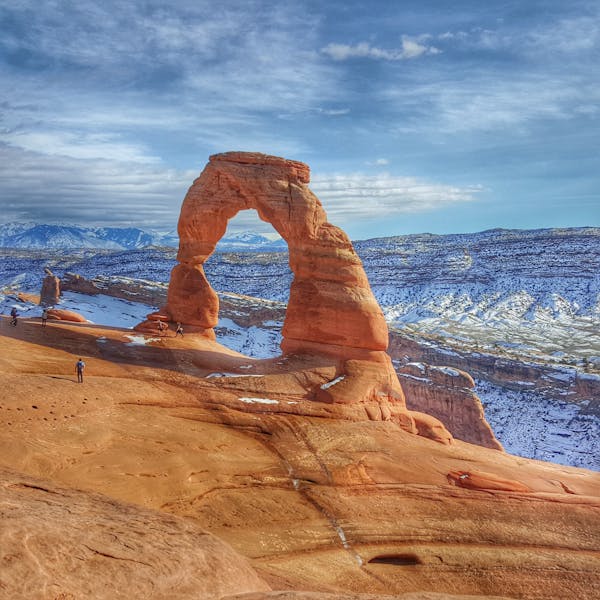Tanzania is one of Africa’s most iconic safari destinations, offering dramatic landscapes, rich wildlife, and unforgettable experiences. But to make the most of your journey, understanding the best time to visit Tanzania for safari is crucial.
From the Great Migration in the Serengeti to spotting the Big Five in Ngorongoro Crater, Tanzania has distinct seasons that impact your chances of witnessing nature at its finest.
Tanzania’s Safari Seasons at a Glance
Tanzania generally experiences two major seasons:
- Dry Season (June to October)
- Wet Season (November to May)
Each has its unique advantages and influences wildlife behavior, accessibility, and travel costs.
Dry Season: June to October (Best Overall for Safari)
The dry season is widely considered the best time to visit Tanzania for safari. It offers clear skies, fewer mosquitoes, and better wildlife visibility.
Advantages:
- Animals gather around water sources, making them easier to spot.
- Grass is shorter and less dense, improving visibility.
- Ideal for visiting Serengeti, Tarangire, Lake Manyara, and Ngorongoro.
- Comfortable temperatures and dry roads.
Highlights:
- Great Migration river crossings (July–August in Serengeti’s northern area).
- Peak safari experiences in national parks.
- Excellent photography conditions due to clear skies and golden light.
Things to Note:
- Most popular (and expensive) time for travel.
- Booking early is essential due to high demand.
Short Rain Season: November to December
The short rains are usually brief afternoon showers and rarely affect safaris dramatically. The parks are still accessible, and the landscape begins to green up again.
Advantages:
- Fewer tourists and lower prices.
- Migratory birds begin to arrive.
- Fresh greenery attracts herbivores.
Best Parks to Visit:
- Serengeti (for early wildebeest movement)
- Tarangire and Ngorongoro remain great
Things to Note:
- Rain may disrupt some travel plans.
- Insects and humidity begin to rise.
Green/Wet Season: March to May
This is the long rain season. While some travelers avoid this period, it offers advantages for budget-conscious tourists and birdwatchers.
Advantages:
- Lowest prices on accommodations and tours.
- Fewer tourists mean quieter parks.
- Stunning green landscapes.
- Migratory birds and calving season in Serengeti (March).
Challenges:
- Some roads become muddy or impassable.
- Wildlife can be harder to spot due to lush vegetation.
- Some lodges and camps close temporarily.
Special Safari Events in Tanzania
When choosing the best time to visit Tanzania for safari, consider the unique wildlife events that happen throughout the year:
1. The Great Wildebeest Migration
- January to March: Calving season in southern Serengeti.
- June to July: Herds move toward the Grumeti River.
- July to August: Dramatic Mara River crossings in northern Serengeti.
- October to December: Return southward through central Serengeti.
2. Birdwatching
- November to April is best for migratory bird species.
- Lake Manyara and Selous are top birdwatching destinations.
3. Big Cat Sightings
- Lions, leopards, and cheetahs are best spotted in dry months when grass is shorter and visibility is better.
Ideal Time for Specific Destinations
- Serengeti National Park: June to October for migration and big cats.
- Ngorongoro Crater: Year-round, but dry season is best for clear views.
- Tarangire National Park: August to October — elephant herds congregate.
- Selous and Ruaha: Best from June to October when wildlife is concentrated near rivers.
Budget and Crowds: Timing Matters
- High Season (June–October): Best weather and wildlife, but highest costs.
- Shoulder Season (November–March): Balanced experience with fewer crowds.
- Low Season (April–May): Budget-friendly but limited accessibility.
Insider Travel Tips
- Book early if traveling during peak season — some lodges fill up a year in advance.
- Layer your clothing — mornings can be chilly while afternoons are hot.
- Consult local guides for real-time migration updates.
- Consider combining locations — e.g., Serengeti + Ngorongoro + Zanzibar.
Final Thoughts
The best time to visit Tanzania for safari depends on what you want to see and experience. For most travelers, June through October is ideal due to the weather and wildlife concentration. However, if you’re seeking solitude, lush scenery, or birdlife, the green season has its own rewards.
No matter when you go, Tanzania promises a safari adventure that’s raw, wild, and unforgettable.



